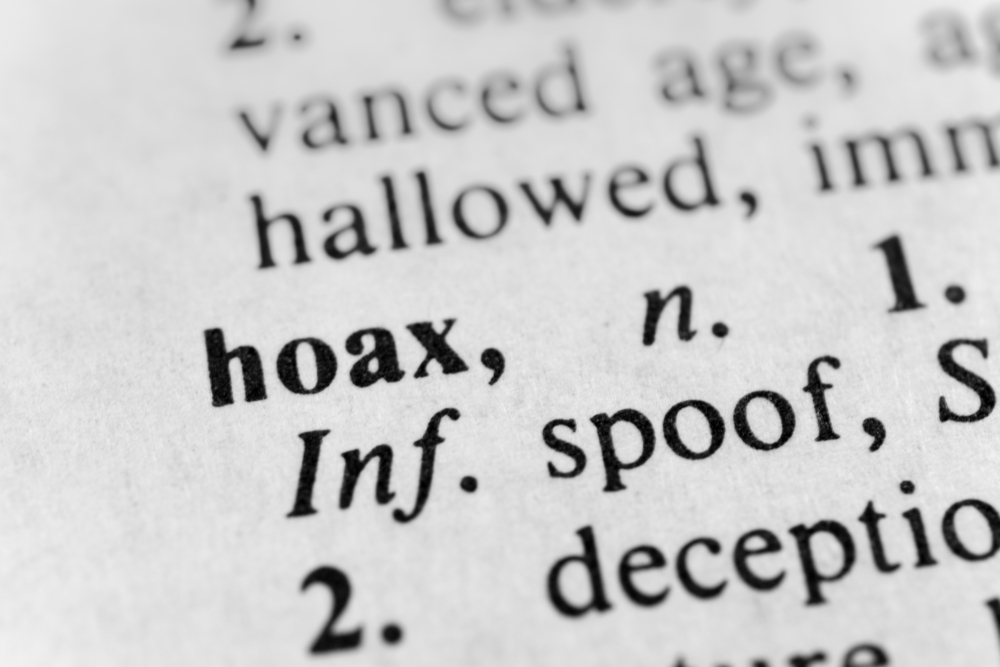
In what appears to be a global trend, the circulation of fake news is at its height during election season. Just like in the recently concluded US presidential election, rampant circulation of news reports from dubious website and unverified sources have taken center stage in Indonesia, particularly in the lead-up to regional elections, popularly known here as Pilkada. However, as the election season comes to an end, the distribution of hoax stories subsides.
Deddy Mulyana, a professor of communication studies at Universitas Padjadjaran, linked the fake-news phenomenon to the fact that Indonesian people are not quite accustomed to dissent and healthful democracy.
“Indonesians love to gather and share stories. However, what they talk about may not be necessarily true. That is to say the culture of collectivism is not well supported by the ability to process information. We are not used to record and store information, causing us to frequently speak of something with no basis in fact. Meanwhile, the social media, hoax news sources, is the extension of the human senses,” he said.
According to Mulyana, violence, sensuality, drama, intrigue and mystery are topics that Indonesians have shown much interest to discuss or hear about.
“Politics has particular aspects which makes it especially prone to distortion through fake news. No wonder, news hoaxes with political overtones have now become a popular way of shaping public opinion and are quite prevailing during political events like Pilkada.”
He added that the low literacy rate Indonesia also explains the rapid distribution and reception of fake news by the audience.
“While hoaxes also circulate in the US, they have not been as widespread as in Indonesia, mainly because the US has done with literacy prior to the onset of the social media era. On the other hand, the lower-literacy population of Indonesia is being bombarded by a huge flow of information coming from digital channels and the people fond of sharing news quickly spread the information without fact-checking. “
Literacy Education
The circulation of hoaxes related to certain issue is trending down, according to a recent report by Isentia which monitored news hoaxes posted on social media in the last three months.
“We monitored three major issues in the past two months from 31 December 31 to 24 January, which centered on the exodus of 10 million Chinese workers, the death of former president BJ Habibie and the deformed Cisomang bridge pillar. The latter two issues were gained less than 100 engagements on social media, while the issue related to foreign workers lured 1224 talks,” said Luciana Budiman, Country Manager, Isentia Indonesia.
As with the rumored arrival of 10 million workers from China, Luciana said that both social media and traditional media had coverage of the issue. A total of 118 articles talked about the news, with over 54 percent of them coming from online media.
“Newspaper was in second place, contributing 43% to the total media coverage. The remaining 3% of the entire news reports came from TV stations and magazines. Social media wise, Twitter accounted for 86.74 percent of the engagement, followed by Facebook at 10.85 percent. The rest were online forums and blogs.”
The monitoring by Isentia also reveals that conventional media opted for a neutral stance in reporting unverified news, while a number of netizens on social media had made their position, be it a positive or negative sentiment, known to the public audience. The neutral stance puts conventional media in a good position to educate people of the importance of preventing news hoaxes from spreading further on social media.
“The effort to build the awareness will surely take time, but is paying off when people are increasingly capable of distinguishing hoax and actual news,” Luciana concluded.
*this article is provided by Isentia Indonesia




